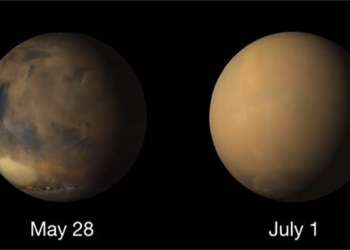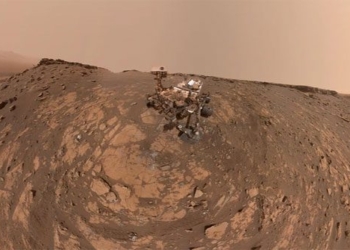Elon Musk founded SpaceX in 2002, and one of the company’s ultimate goals is to make humanity a multi-planetary species by establishing a sustainable colony on Mars.
The billionaire has revealed details about a future settlement on Mars, including the idea of a “glass dome” that would serve as a temporary habitat while the planet is terraformed, and the use of hydroponic farms to produce fruits and vegetables for the settlers.
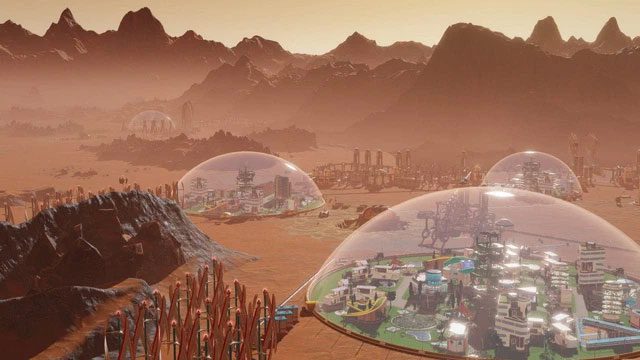
The concept of a “glass dome” serving as a temporary habitat on Mars.
As the Starship rocket is slated for an unmanned flight to the Red Planet in 2024, experts are beginning to consider what is necessary for humans to settle on Mars. Those living on Mars in the future will have to adhere to a vegan diet due to the very limited food supply.
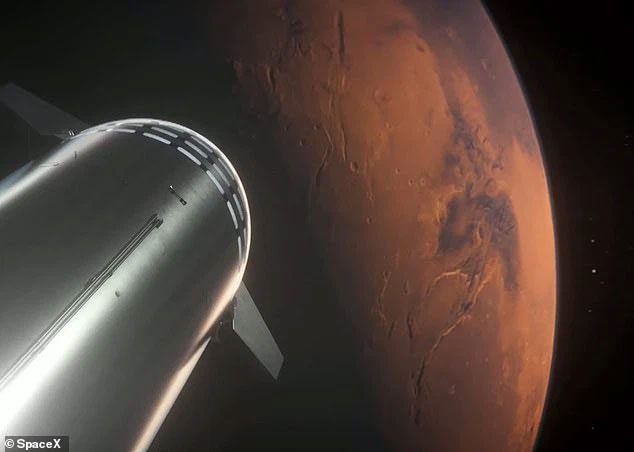
Illustration of the Starship rocket heading to the Red Planet.
Scientist John K. Strickland from the American National Space Society has studied this issue and remarked that if a meat-based diet is maintained, the number of people living in a dome on Mars would have to be halved compared to a vegan diet.
He stated that a community of about 5,000 people solely consuming plant-based foods could be sustained by a farm of approximately 900,000 square meters — spread across four levels, with materials and seeds transported to Mars via the Starship.
Elon Musk envisions a fully self-sustaining city thriving on Mars by 2050.
Musk explained: “Earth is about 4.5 billion years old, but life is not yet multi-planetary, and it is uncertain how much time we have left.”
“In the early stages of that colonization process, the residents on Mars will have to adapt to a vegan diet, but the truly grand next step is to build a self-sustaining city on Mars and bring Earth’s animal species and organisms there,” Musk told Time.
Strickland noted that to achieve Musk’s goal, approximately 5,000 Starship trips would be needed, each carrying 200 tons of cargo, before food production can commence on Mars.
Once all the equipment arrives, food production can begin, and Strickland indicated that the initial cultivation area would require about 185 square meters and 100 kW of electricity per person.
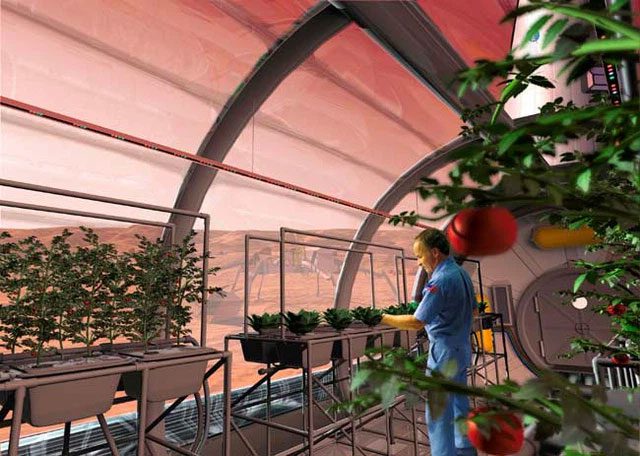
A model of a greenhouse for growing plants on Mars.
This means that for an initial construction team of about 100 people, Musk would need to plan for 10 megawatts of electricity and nearly 18,500 square meters of cultivation space.
He mentioned that a significant amount of electricity would be required to support 5,000 people, around 500 megawatts of power.
On Earth, a 500-megawatt power plant can supply electricity to at least 50,000 homes. However, this does not include industrial needs and food production, which any plant on Mars would have to support.
Since there are no fossil fuels on Mars, addressing the energy issue will be challenging, as installing enormous solar panels on Mars, where sunlight is weaker, will not be as effective as on Earth.
Some of this energy could be used to support geologists searching for mineral sites that could be utilized for building materials.
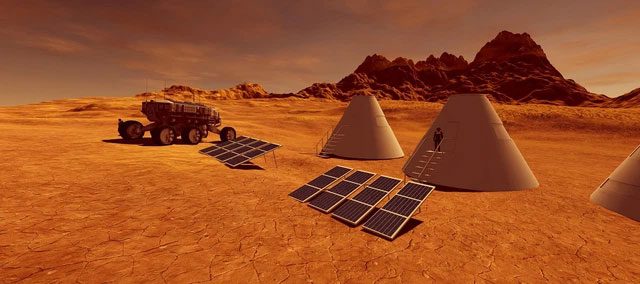
To achieve Musk’s goal, approximately 5,000 Starship trips will be needed.
“Geologists will be able to survey a vast area around the base or settlement, potentially discovering valuable mineral deposits for the settlement,” Strickland said.
He suggested that instead of going it alone, SpaceX should lead and collaborate with NASA, as this would allow resources to be gathered around a single settlement site.
SpaceX is not the only agency aiming to land humans on Mars; both China and the United States hope to reach the Red Planet by the late 2030s. Last year, in preparation for sending astronauts to Mars, NASA began recruiting volunteers for a year-long simulation at Mars Dune Alpha, consisting of four people. Mars Dune Alpha is a simulated Martian habitat, covering nearly 160 square meters, created using 3D printing technology and located within a building at the Johnson Space Center in Houston.
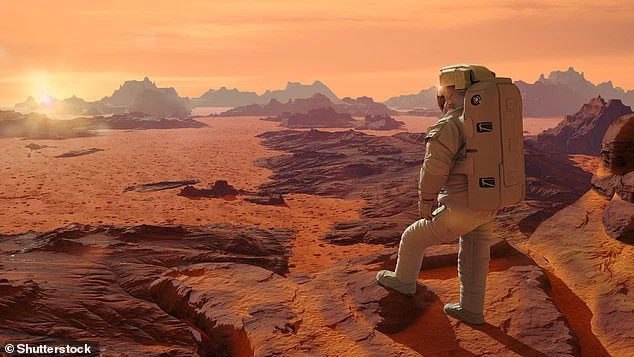
Instead of going it alone, SpaceX should lead and collaborate with NASA.
Strickland believes that as the settlement on Mars grows, it will become increasingly important and serve as a second home for humanity.
Previously, Musk suggested sending nuclear weapons to Mars as a means to create a greenhouse effect and help form a thicker atmosphere. However, he does not believe this could be accomplished in the short term, as it would take hundreds or thousands of years to create an Earth-like ecosystem.
This is why Musk advocates for the development of dome cities, allowing humans to remain safe while living on the surface of another world.








































